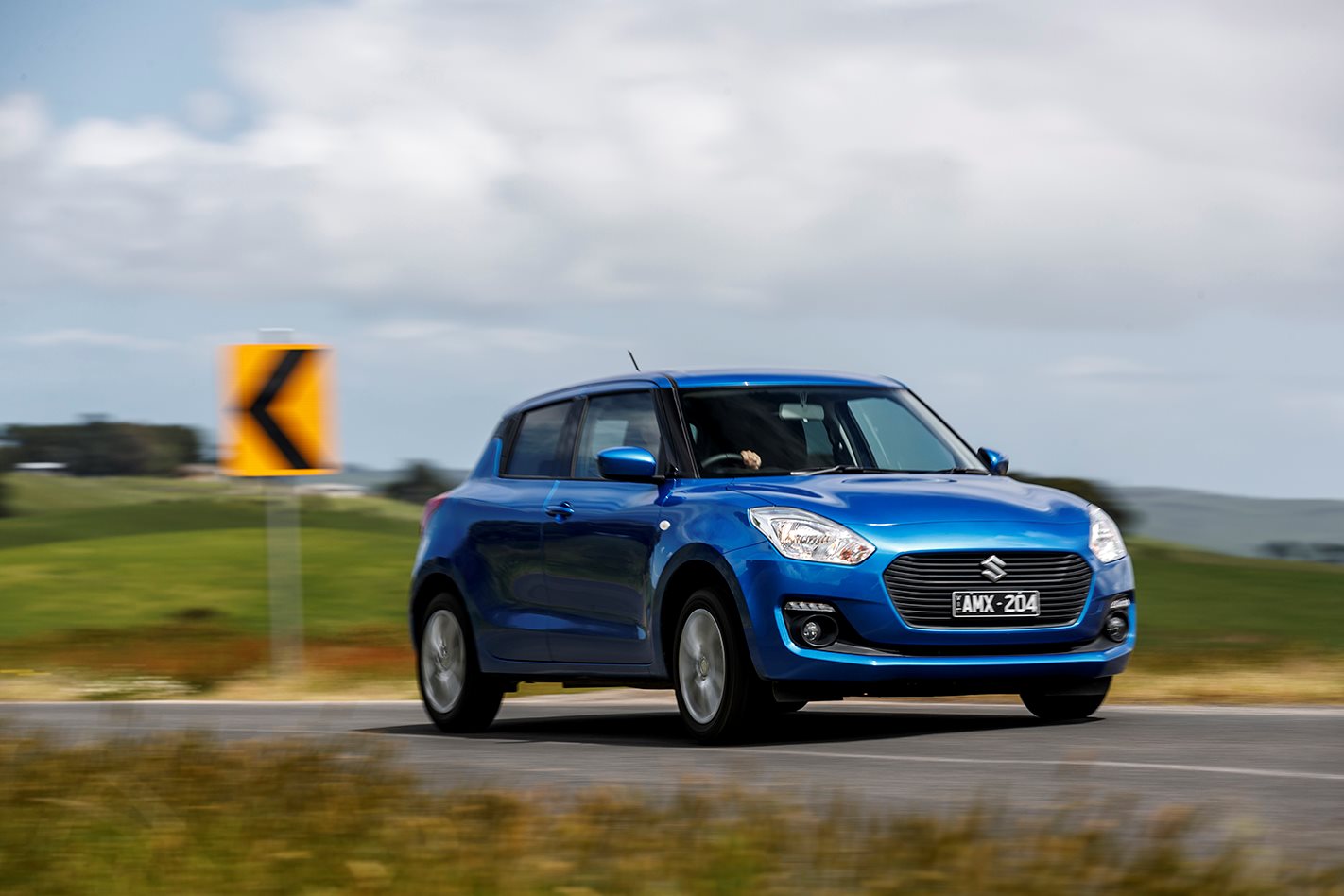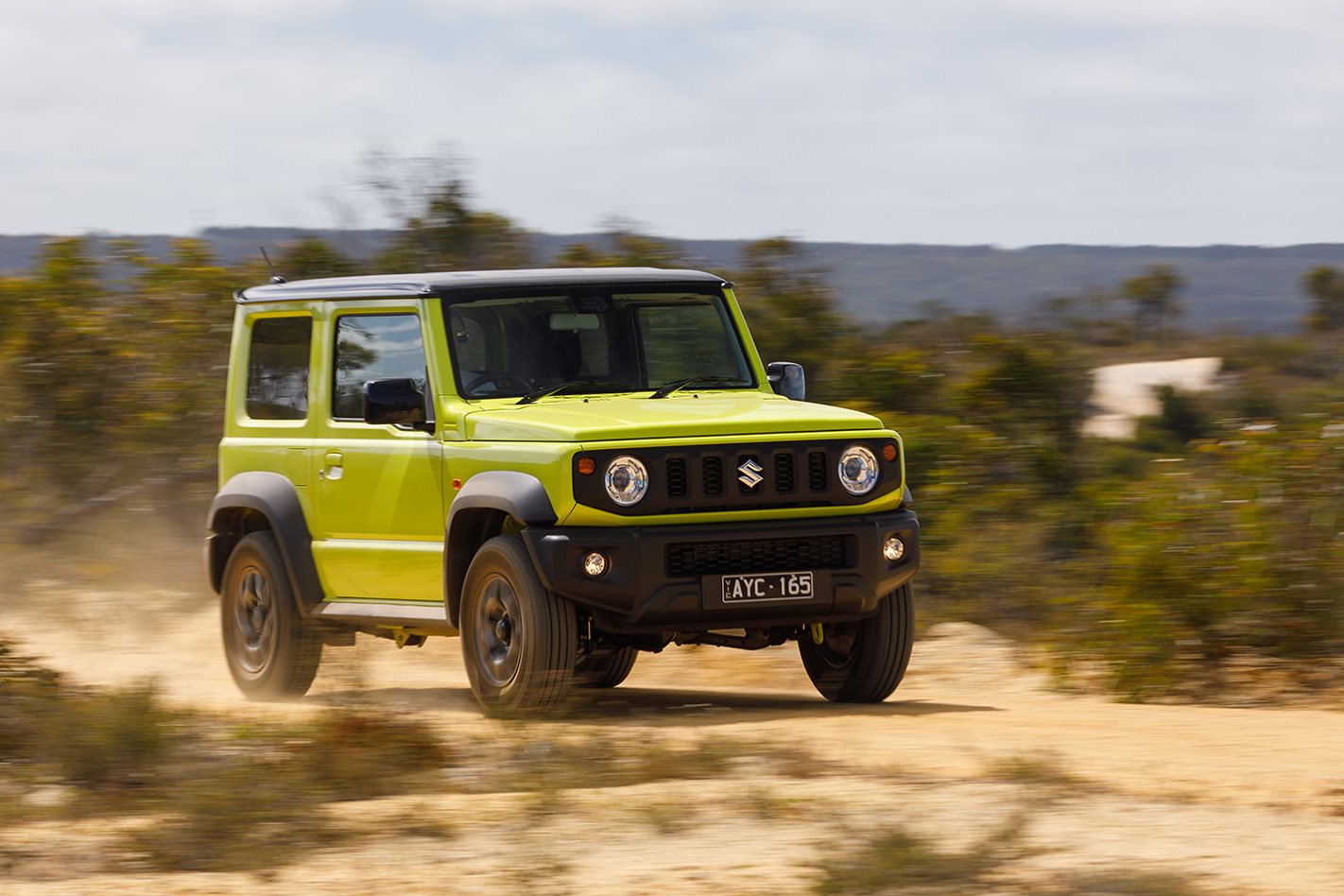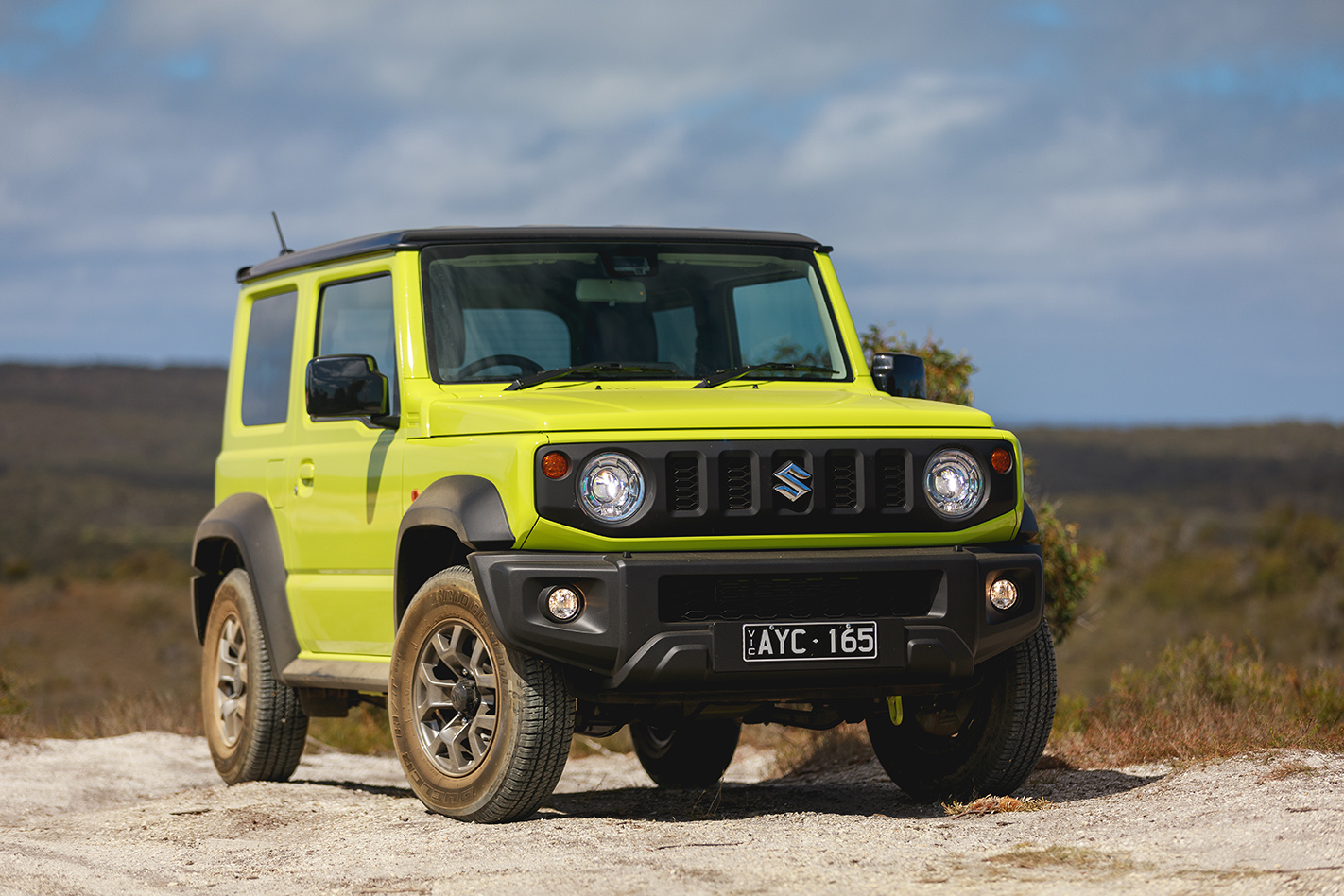Snapshot
- Hybrid models in the pipeline
- Bringing electrified cars here to meet voluntary emissions standards
- Unclear which models might get hybrid power first
Suzuki Australia plans to bring a number of its hybrid models to Australia over the next three years in order to improve its local emissions output, the brand has said.
Currently, Suzuki sells the Ignis, Swift, Swift Sport, Vitara and S-Cross in Europe with mild-hybrid power, with the latter two also available as full-hybrids too.
The upcoming 2023 Suzuki Grand Vitara also gains hybrid assistance for the Indian and African markets, while a hybrid version of the Jimny is also rumoured to launch overseas in 2024.
But without the pressure of a national emissions target in this country, it has not brought any hybrid variants Down Under.

That’s set to change in the near future, according to Suzuki Australia’s General Manager, Michael Pachota, who this week told Wheels the brand plans to bring the technology here to meet the Federal Chamber of Automotive Industries’ (FCAI) 2030 voluntary emissions standard five years early.
“The next three to four years are gonna be very exciting years for this brand,” he said, speaking at the launch of the new Suzuki S-Cross.
“And there are certain CO2 standards that need to be met within this market – that said, none of them have any penalties or anything like that yet. But the FCAI has set the target of 2030 and we plan to meet that target in 2025.”

When pressed about which electrified models might come here first, Pachota was tight-lipped about exactly what Suzuki’s plans involved.
“Obviously there’s going to be a little bit of shake up in our model lineup in terms of what we offer in Australia and what kind of technologies we offer in Australia. I can’t tell you much more than that,” he said.
“What can I tell you? I think it’s a necessary powertrain in Australia within the next five years for every manufacturer.
“The electric market is still very much at an early stage. But the hybrid platform is starting to get more and more popular in Australia. The investment that’s being made by Suzuki from the global perspective is enormous.

“Other markets have actually dictated it in terms of government legislation as well. And have penalties around not meeting certain CO2 standards, so you have to bring technology to meet those standards. Australia doesn’t have that yet.
“What’s happening globally is starting to heavily influence the direction which Suzuki is going in terms of electrification. Whether our lineup changes as a result of that, or the Australian Government does also move in that direction to catch up with those markets, we’re ready.”
In 2021, Suzuki missed its 116g/km target by 10g/km in the passenger cars category and failed to hit the 125g/km goal by 27g/km in the heavy/light commercial section (which would only apply to the Jimny).

Overall only a third of carmakers selling vehicles in Australia hit their industry-led emissions targets last year.
Twelve out of 39 brands came in under their targets for passenger cars and light SUVs (MA category) last year and in the heavy SUV and light commercial class (MC + NA category), nine out of 26 carmakers smashed their targets the same number as in 2020.
However, manufacturers are also set an overall target of 150g CO2/km for the MA category and 193g CO2/km for the MC + NA. For this, 13 came in under the former and nine under the latter.
Last month, Australia’s first ever EV summit heard that the Federal Government plans to this month launch a consultation on the idea of introducing a legal CO2 target here.






